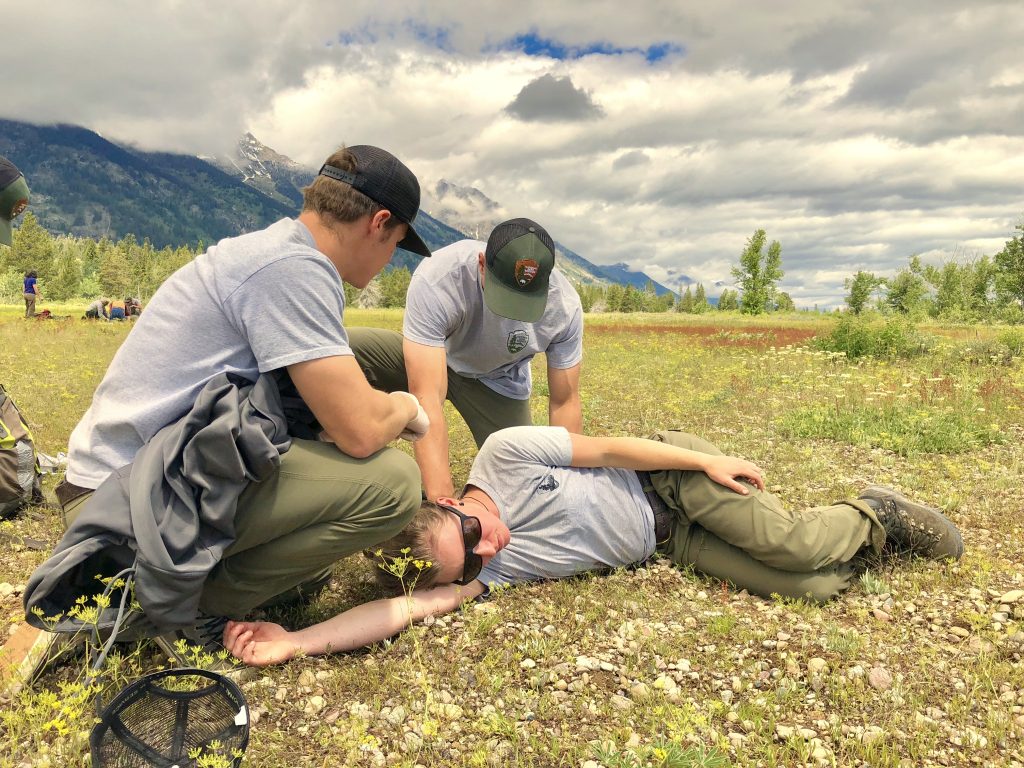When individuals with head injuries develop swelling on the brain ? it is referred to as intracranial pressure (ICP). ICP provides two life threatening problems. It reduces oxygen permeation to the cells of the brain and it inhibits the function of the brain stem.
The latter problem of reduced brain stem function is a major problem. The Brain Stem is responsible for triggering heart and respiratory rates while also regulating blood pressure (BP) and consciousness. Hyperventilation with a slow bounding pulse, a BP that’s widening and a changing or declining level of consciousness are all signs that a head injury could be life threatening.
With accidents involving significant mechanisms (abrupt interruption or acceleration of velocity) to the injured, rescuers see increased signs of severity such as bitten tongue, blood in airway and vomiting ?. Other challenges include patient posturing, seizing, and clenching in severe cases. In the pre-hospital ? wilderness environment proficient airway management skills can be the difference between rescue and recovery.
The goals of airway management are to maintain a clear and open airway while maintaining adequate oxygen saturation in the body.
The associated skill set needed to reach the goals of airway management are as follows:
- To Open: Aligning and Maintaining a Neutral Head Position.
- To Clear: Log Roll; Finger Sweep
- To Support: Rescue Breaths; Assisted Ventilations
- To Stabilize: Recovery or HAINES Position (Left Lateral Recumbent)

Numerous other skills are necessary for successful applications such as patient lifting and moving techniques. In the event of a head injury that alters consciousness, full spinal precautions are standard protocol.
A standard 16-hour Wilderness First Aid Course introduces and provides treatment options. An 80-hour Wilderness First Responder course allows for deeper understandings, practice and application of the skills needed to provide life saving care.
